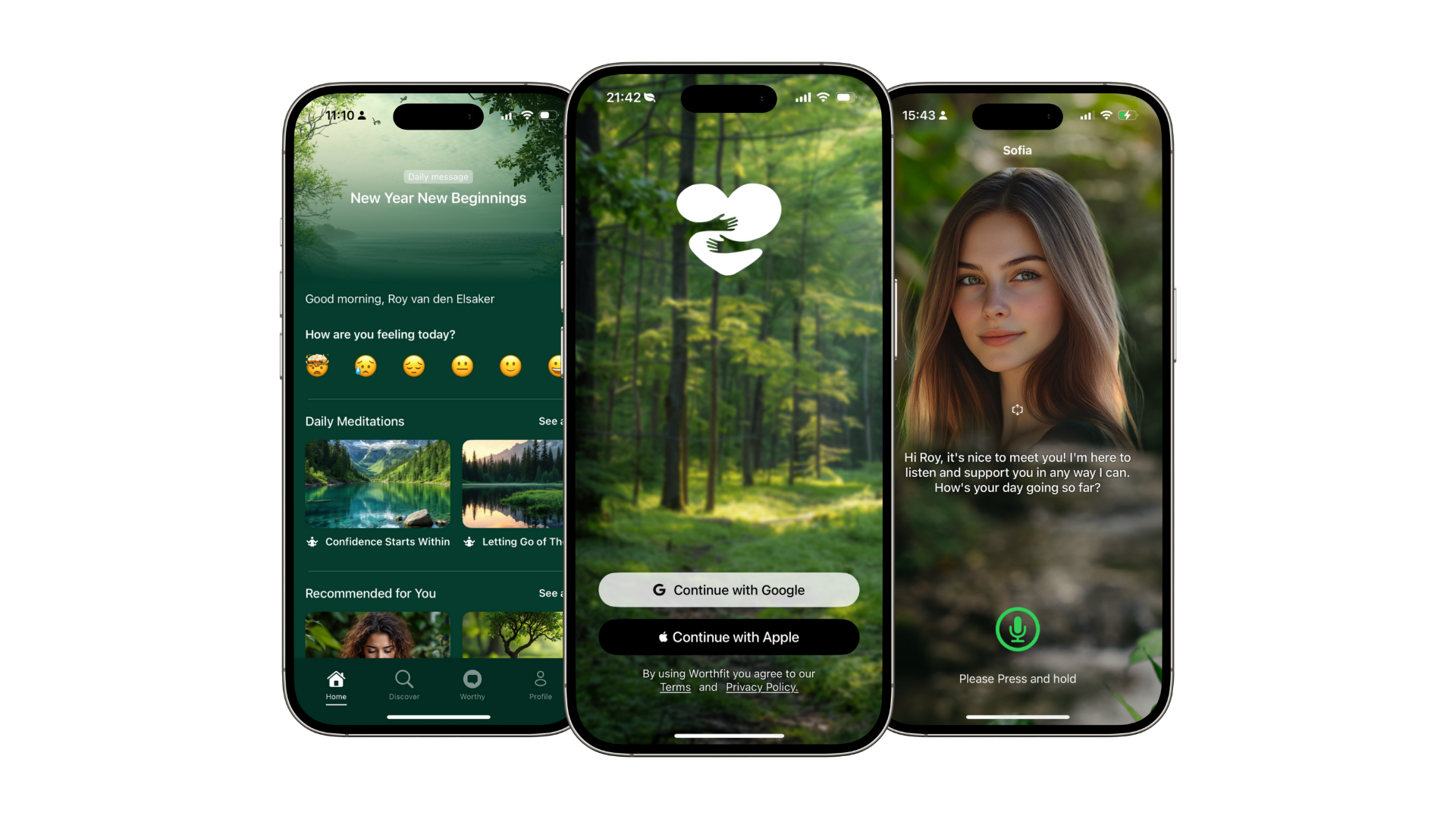Mindfulness for Beginners: Improve Well-Being & Inner Peace
- Mind & Life
- Reading Time: 6 min

Hey, you! Yes, you – the one juggling a million thoughts at once. Ever feel like your mind is a web browser with too many tabs open? If so, mindfulness might be exactly what you need.
In this guide, we’ll break down what mindfulness is, how it works, and we’ll give you beginner mindfulness techniques you can try today. No fluff, just real talk. Let’s dive in!
Table of Contents
What is Mindfulness?
Understanding the Basics
Mindfulness is the art of being present – fully engaged in the here and now without judgment. It’s about noticing your thoughts, feelings, and surroundings without getting lost in them. Sounds simple? It is… but also isn’t.
A Scientific Perspective
Research shows that mindfulness rewires your brain! Studies have found that regular mindfulness practice can increase gray matter in areas linked to emotional regulation and self-awareness while shrinking the stress-fueled amygdala (aka your brain’s panic button).
The Origins of Mindfulness
Mindfulness has roots in Buddhist traditions, but today, it’s a mainstream tool used by everyone – from monks to Silicon Valley CEOs. Whether you’re looking to reduce stress or simply appreciate your morning coffee more, mindfulness is for you.
How to Practice Mindfulness
Step 1: Start with the Breath
One of the easiest ways to be mindful is focusing on your breath. No need for fancy techniques – just observe your inhales and exhales. If your mind wanders (which it will), gently bring it back.
Try this: Close your eyes and take five slow, deep breaths. Feel the air moving in and out. Congrats, you just practiced mindfulness!
Step 2: Engage Your Senses
Mindfulness isn’t just about meditation; it’s about experiencing the world fully. Pay attention to the taste of your food, the feel of your clothes, or the sounds around you.
Try this: Next time you eat, slow down and savor each bite. Notice the textures, flavors, and aromas.
Step 3: Observe Your Thoughts
Think of your thoughts like clouds in the sky – they drift in, they drift out. You don’t have to chase them or push them away; just observe them with curiosity.
Try this: The next time you catch yourself worrying, pause. Ask, “Is this thought useful?” If not, let it float away like a balloon.
Benefits of Mindfulness
Stress Reduction & Mental Clarity
One of the biggest mindfulness benefits is stress reduction. Studies show that mindfulness lowers cortisol (the stress hormone), helping you feel calmer and more focused.
Improved Emotional Well-Being
Mindfulness teaches you to respond rather than react. Instead of getting carried away by emotions, you learn to pause, observe, and act with intention.
Better Sleep & Physical Health
Mindfulness isn’t just good for the mind – it also benefits the body. Regular practice can help with better sleep, lower blood pressure, and even improved immune function.
Bonus: Many athletes use mindfulness to enhance performance and recovery. If it works for Olympians, it can work for you too!
Easy Mindfulness Exercises for Beginners
1. Mindful Breathing
Mindful breathing is one of the simplest yet most powerful mindfulness exercises you can practice. Start by setting a timer for one minute – you can gradually extend this time as you become more comfortable. Find a quiet place to sit or lie down, close your eyes, and bring your full attention to your breath. Notice the sensation of air flowing in and out of your nostrils, the rise and fall of your chest, and the rhythm of your breathing.
If your mind starts to wander – which is completely normal – gently acknowledge the distraction without judgment and bring your focus back to your breath. This simple act of refocusing strengthens your ability to stay present and centered.
2. Body Scan Meditation
A body scan meditation is an excellent way to tune into your body and develop deeper awareness of physical sensations. To begin, lie down in a comfortable position, close your eyes, and take a few deep breaths. Slowly bring your attention to different parts of your body, starting with your toes. Notice any sensations, tension, or warmth without trying to change anything – just observe.
Continue this process as you move up through your legs, abdomen, chest, arms, shoulders, and finally your head. If you notice any areas of discomfort, acknowledge them with curiosity rather than frustration.
3. Mindful Walking
Walking is something we do every day without much thought, but turning it into a mindful practice can transform a simple stroll into a powerful grounding experience. Begin by slowing down your pace and paying full attention to each step. Feel the sensation of your feet touching the ground, the way your weight shifts, and the rhythm of your movement.
Notice how the air feels against your skin, the sounds around you, and any scents in the environment. Try walking without distractions – no phone, no music – just fully immerse yourself in the experience of walking. Mindful walking is perfect for those who struggle to sit still for meditation, and it serves as a great way to reset your mind during a busy day.
4. Gratitude Journaling
Practicing gratitude is a simple yet powerful way to shift your focus toward positivity and appreciation. Each day, take a few moments to write down three things you are grateful for. These don’t have to be grand or life-changing – simple things like a kind word from a friend, a good cup of coffee, or a moment of laughter count just as much.
By consistently recognizing and appreciating the good in your life, you train your brain to focus on what’s going well instead of what’s lacking.
Common Mindfulness Mistakes (And How to Avoid Them)
“I Can’t Stop My Thoughts!”
Truth: Mindfulness isn’t about having zero thoughts – it’s about observing them without attachment. The goal is awareness, not emptiness.
“I Don’t Have Time”
Even one minute of mindfulness can make a difference. Try weaving it into daily activities – mindful showering, mindful eating, or even mindful scrolling.
“It Feels Weird”
Yup, mindfulness can feel strange at first. But just like going to the gym, it gets easier (and more rewarding) with practice. Stick with it!
How Worthfit Helps You Build a Mindfulness Practice
Practicing mindfulness is one thing – making it a daily habit is another.
That’s where Worthfit comes in.
Inside the Worthfit App, you’ll find:
✔ Mindfulness & Meditation Path → Learn how to build a consistent mindfulness practice with guided sessions on “Mindfulness in Daily Life” and “Guided Meditations for Beginners”.
We’re not saying you need to meditate for hours a day, but small, mindful changes can make a huge difference in your well-being. Worthfit helps you build those habits – and make them stick.
Download Worthfit and start strengthening your connections today.
Final Thoughts: Mindfulness is a Journey
Mindfulness isn’t about achieving a perfectly clear mind – it’s about showing up, practicing, and being present. The little moments of awareness add up to a calmer, more focused, and happier you.
You don’t have to do it perfectly – just start. Take one mindful breath right now. Feel that? That’s mindfulness in action.
Ready to deepen your practice? Join Worthfit today and start your journey to a more mindful life!
Remember: You’re Worth-fit
Worthfit is your personal mental health companion, designed to support you through guided self-care. Whether you need someone to listen, insightful articles to explore, personalized daily insights, or tailored (sleep) meditations, Worthfit can help you manage stress, track your mood, and build emotional resilience. Whenever you need it, wherever you need it.
Note: Worthfit is not a medical device and is not intended to diagnose, treat, or prevent any medical conditions.






